Home>Gardening & Outdoor>Landscaping Ideas>When Is It Too Hot To Water Grass


Landscaping Ideas
When Is It Too Hot To Water Grass
Modified: March 24, 2024
Discover the best landscaping ideas for watering your grass in extreme heat. Learn when it's too hot to water your lawn and how to protect your landscaping.
(Many of the links in this article redirect to a specific reviewed product. Your purchase of these products through affiliate links helps to generate commission for Storables.com, at no extra cost. Learn more)
Introduction
Landscaping enthusiasts understand the importance of maintaining a lush, healthy lawn. Watering is a crucial aspect of lawn care, but it’s essential to consider the timing and conditions for this task. One common question that arises is, “When is it too hot to water grass?” This concern is valid, as extreme heat can impact the effectiveness of watering and even harm the grass if not managed appropriately. In this article, we will explore the ideal temperature for watering grass, the risks associated with watering during high temperatures, signs of overheated grass, and valuable tips for watering your lawn in hot weather. By understanding these factors, you can ensure that your lawn remains vibrant and resilient, even in scorching conditions.
Key Takeaways:
- Water your grass in the early morning or late afternoon when it’s cooler, between 60°F and 75°F, to ensure effective hydration and minimize water loss.
- Look out for signs of overheated grass like browning, wilting, and thinning, and adjust your watering schedule to revive and maintain a healthy lawn.
Read more: When Is It Too Late To Cut Grass
Ideal Temperature for Watering Grass
Watering your grass at the right temperature is crucial for its overall health. The ideal time to water your lawn is in the early morning or late afternoon when the sun is less intense, typically between 4:00 a.m. and 10:00 a.m. This allows the grass to absorb the moisture before it evaporates in the heat of the day. The optimal temperature for watering grass is between 60°F and 75°F (15.5°C and 24°C). At this temperature range, the water can penetrate the soil effectively, reaching the roots and providing much-needed hydration to the grass.
Watering during cooler periods helps minimize water loss due to evaporation and ensures that the grass can make the most of the moisture. Additionally, cooler temperatures reduce the risk of fungal diseases, as the grass foliage has time to dry before the cooler evening temperatures set in.
It’s important to note that the frequency and duration of watering should also be adjusted based on the temperature and weather conditions. During hot spells, you may need to water your lawn more frequently to prevent it from drying out. However, it’s equally important to avoid overwatering, as this can lead to issues such as root rot and fungal growth.
Risks of Watering Grass in High Temperatures
While watering is essential for maintaining a healthy lawn, doing so in high temperatures can pose several risks to the grass. One of the primary concerns is the increased rate of evaporation. When you water your lawn during the hottest part of the day, the water is more likely to evaporate before it can benefit the grass. This not only wastes water but also diminishes the effectiveness of the watering process, leaving the grass thirsty and vulnerable to heat stress.
Another risk of watering grass in high temperatures is the potential for sunscald. When water droplets act as tiny magnifying glasses, they can intensify the sun’s rays and scorch the grass blades. This can result in unsightly brown patches and damage to the overall aesthetic of your lawn.
Furthermore, watering during peak temperatures can create a humid environment around the grass, increasing the risk of fungal diseases. Excessive moisture on the grass blades and in the soil, coupled with high temperatures, creates an ideal breeding ground for fungi such as dollar spot and brown patch. These diseases can weaken the grass and lead to discoloration, thinning, and ultimately, the decline of your lawn’s health.
Additionally, watering in extreme heat can cause thermal shock to the grass. When hot water is applied to already stressed grass, it can further strain the plants, leading to wilting and potential damage to the root system. This can make the grass more susceptible to pests and diseases, further compromising its vitality.
Understanding these risks underscores the importance of strategic lawn care practices, especially when it comes to watering during high temperatures. By being mindful of the potential consequences, you can take proactive measures to protect your grass and promote its resilience in challenging conditions.
It is too hot to water grass when the temperature is above 85°F. Watering during extreme heat can lead to evaporation and water waste. It’s best to water in the early morning or late evening to avoid heat stress on the grass.
Signs of Overheated Grass
Grass, like any living organism, can exhibit visible signs of stress when subjected to high temperatures and inadequate moisture. Recognizing these signs is essential for addressing the issue promptly and preventing long-term damage to your lawn. Here are some common indicators of overheated grass:
- Browning: One of the most obvious signs of overheated grass is browning or yellowing of the blades. This discoloration occurs as the grass enters a state of dormancy to conserve energy and moisture. If left unaddressed, the browning can spread across the lawn, giving it a parched and lifeless appearance.
- Wilting: Overheated grass may appear limp and wilted, as if it is unable to maintain its turgidity. This is a result of the plant’s natural response to water stress, where it reduces water loss by drooping its leaves. Wilting is a clear indication that the grass is in need of hydration.
- Thinning: In extreme cases, overheated grass may begin to thin out, with gaps and bare patches becoming more noticeable. This is a sign of severe stress and can pave the way for weeds to encroach on the weakened areas of the lawn.
- Crunchy Texture: When you walk on overheated grass, you may notice a crunchy or brittle texture underfoot. This is a result of the grass drying out and losing its natural resilience. The blades become brittle and break more easily, further compromising the grass’s ability to recover.
- Slow Recovery: Normally, well-hydrated grass will bounce back after being walked on or compressed. However, overheated grass may exhibit a slow or limited recovery, indicating that it lacks the necessary moisture and resilience to withstand external pressure.
By being attentive to these signs, you can take proactive measures to address the underlying issues and provide the necessary care to revive your overheated grass. These indicators serve as valuable cues for adjusting your lawn care practices and ensuring the long-term health and vibrancy of your lawn, even in challenging weather conditions.
Tips for Watering Grass in Hot Weather
Watering your grass effectively during hot weather is essential for preserving its health and appearance. By following these tips, you can ensure that your lawn receives the hydration it needs to thrive, even in scorching temperatures:
- Adjust Your Watering Schedule: As mentioned earlier, the best time to water your lawn is in the early morning or late afternoon. During hot weather, aim to water your grass in the early morning to allow for optimal absorption before the sun’s intensity increases. This helps minimize water loss through evaporation and provides the grass with the moisture it needs to endure the heat of the day.
- Water Deeply and Infrequently: Instead of frequent shallow watering, encourage deep root growth by watering your lawn deeply but less frequently. This promotes stronger and more resilient grass that can withstand heat stress. Aim to provide around 1 to 1.5 inches of water per week, adjusting based on the specific needs of your grass and the prevailing weather conditions.
- Use Proper Irrigation Techniques: Consider using soaker hoses or a drip irrigation system to deliver water directly to the soil and roots, minimizing water waste and reducing the risk of fungal diseases. Avoid overhead watering during hot weather, as it can lead to excessive moisture on the grass blades and encourage fungal growth.
- Monitor Soil Moisture: Keep an eye on the moisture level of your soil to ensure that your grass is receiving adequate hydration. Use a soil moisture meter or simply probe the soil with a screwdriver to gauge its moisture content. Adjust your watering schedule based on the soil’s moisture needs, taking into account factors such as soil type and drainage.
- Mulch Around Trees and Shrubs: Applying a layer of organic mulch around trees and shrubs in your lawn helps conserve soil moisture and moderates soil temperature. This can benefit the surrounding grass by creating a more favorable microclimate and reducing water loss from the soil.
- Consider Drought-Resistant Grass Varieties: If you live in an area prone to prolonged hot spells, consider planting drought-resistant grass varieties that are better equipped to withstand heat and water scarcity. These grasses require less frequent watering and exhibit greater resilience in challenging weather conditions.
- Observe Watering Restrictions: Be mindful of any local watering restrictions or guidelines in your area, especially during periods of drought or water scarcity. Adhering to these regulations not only conserves water but also promotes responsible and sustainable lawn care practices.
By implementing these tips, you can optimize your watering practices and support the health and vitality of your grass, even when faced with sweltering temperatures. Strategic and mindful watering is key to nurturing a resilient and vibrant lawn that can withstand the rigors of hot weather.
Read more: What Is Too Hot For Grass Seed
Conclusion
Watering your grass during hot weather requires careful consideration and strategic planning to ensure the health and resilience of your lawn. By understanding the ideal temperature for watering, the risks associated with watering in high temperatures, signs of overheated grass, and valuable tips for watering in hot weather, you can effectively manage your lawn care practices and promote a lush and vibrant lawn, even in challenging conditions.
Recognizing the impact of temperature on watering practices empowers you to make informed decisions that benefit your grass and conserve water. By adjusting your watering schedule, employing proper irrigation techniques, and monitoring soil moisture, you can provide your lawn with the hydration it needs to thrive while mitigating the risks associated with hot weather.
Furthermore, being attentive to the signs of overheated grass enables you to take proactive measures to address water stress and prevent long-term damage to your lawn. By recognizing these indicators, you can adjust your lawn care routine and provide the necessary care to revive and rejuvenate your grass, ensuring its long-term health and vibrancy.
Ultimately, by implementing the recommended tips for watering grass in hot weather, you can optimize your lawn care practices and foster a resilient and lush lawn that can withstand the challenges of extreme heat. These proactive measures not only benefit your grass but also contribute to sustainable and responsible lawn care, promoting the beauty and vitality of your outdoor space.
With a thoughtful and strategic approach to watering, you can nurture a healthy and vibrant lawn that enhances the aesthetic appeal of your property and provides a welcoming outdoor environment for relaxation and enjoyment.
Frequently Asked Questions about When Is It Too Hot To Water Grass
Was this page helpful?
At Storables.com, we guarantee accurate and reliable information. Our content, validated by Expert Board Contributors, is crafted following stringent Editorial Policies. We're committed to providing you with well-researched, expert-backed insights for all your informational needs.
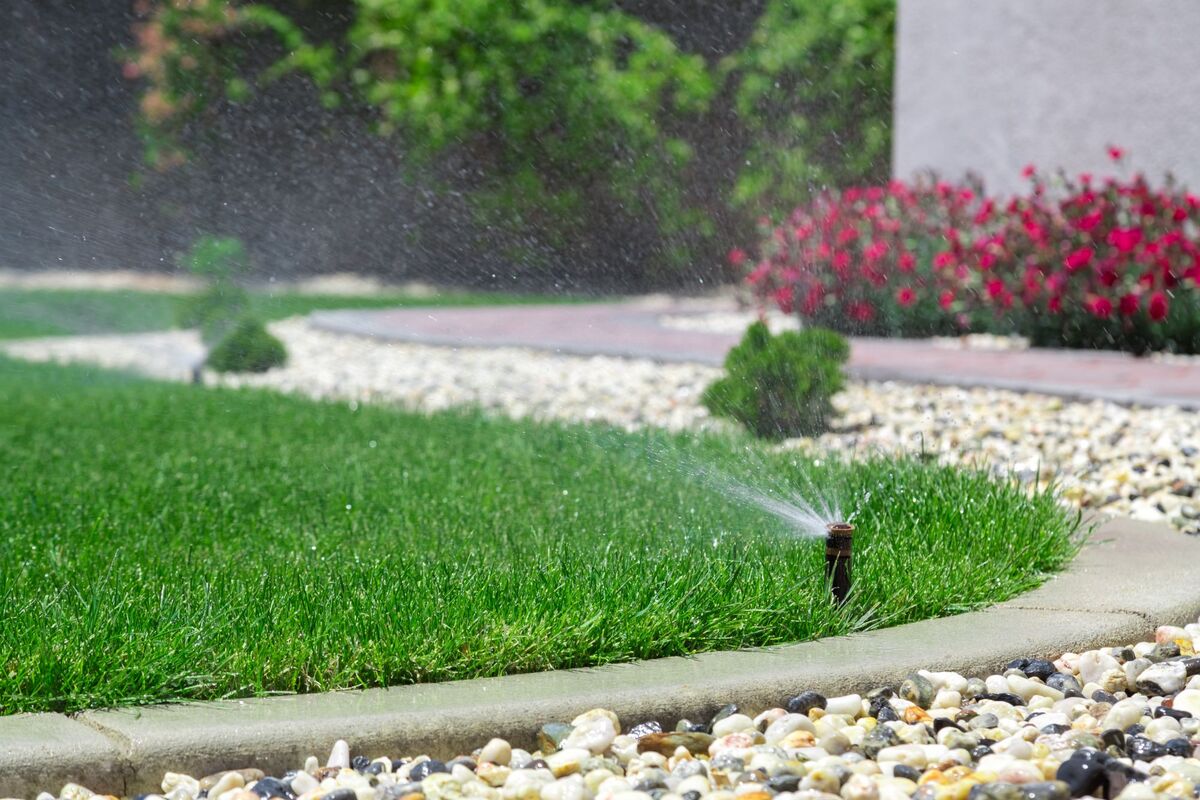
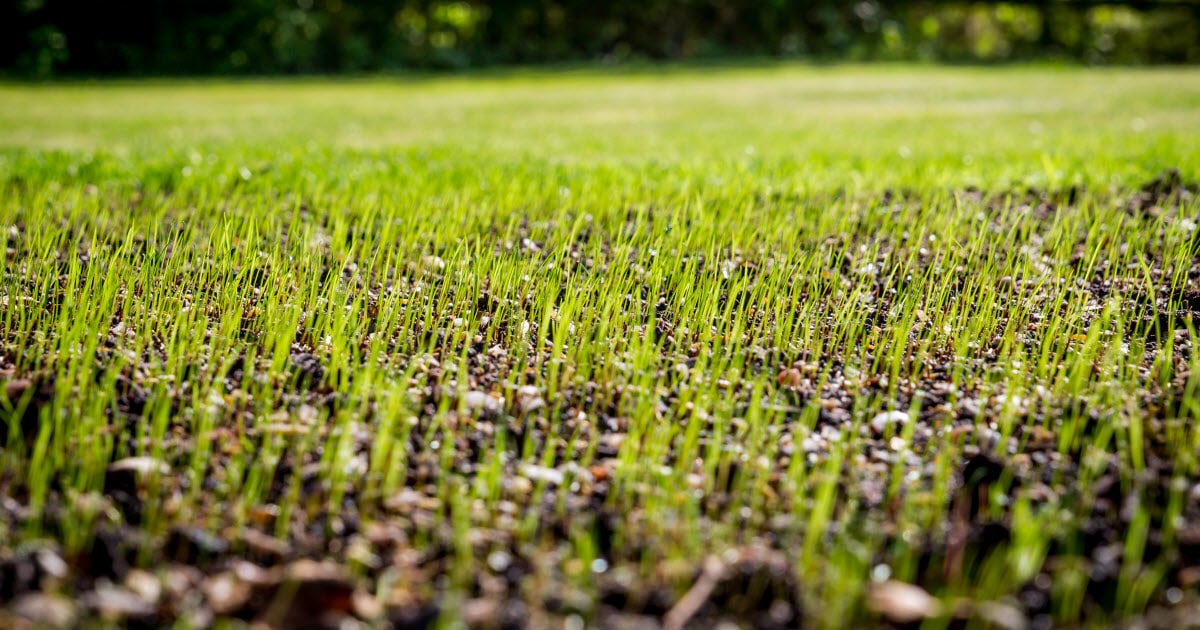
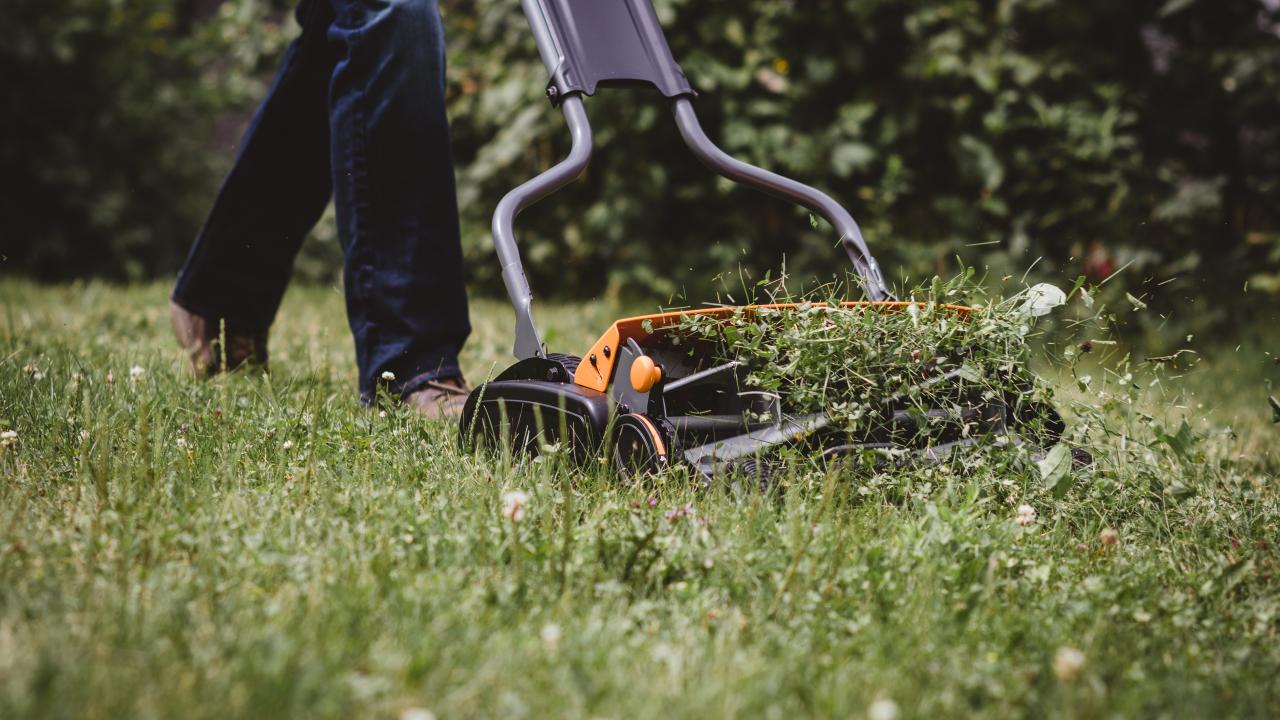
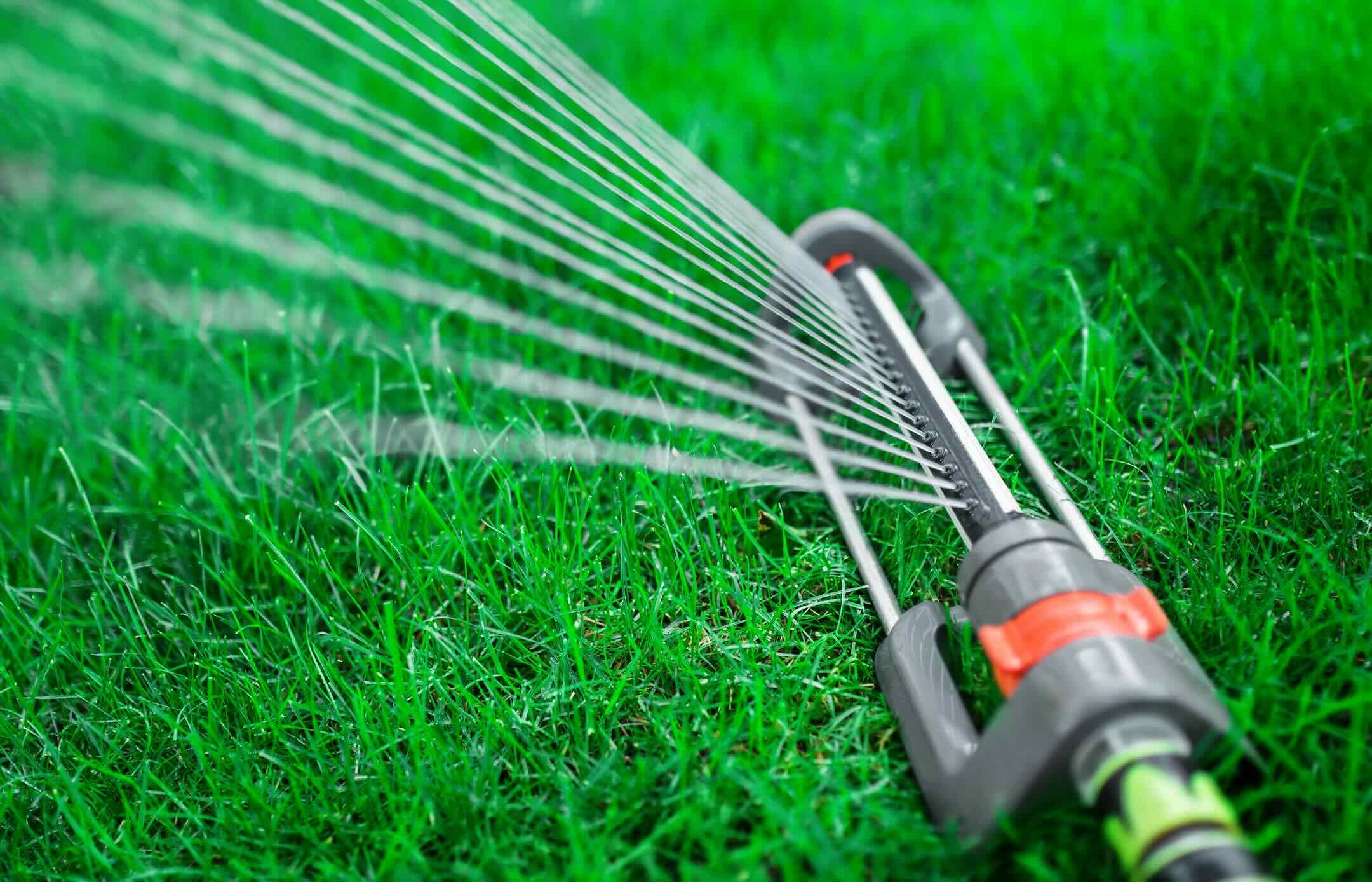
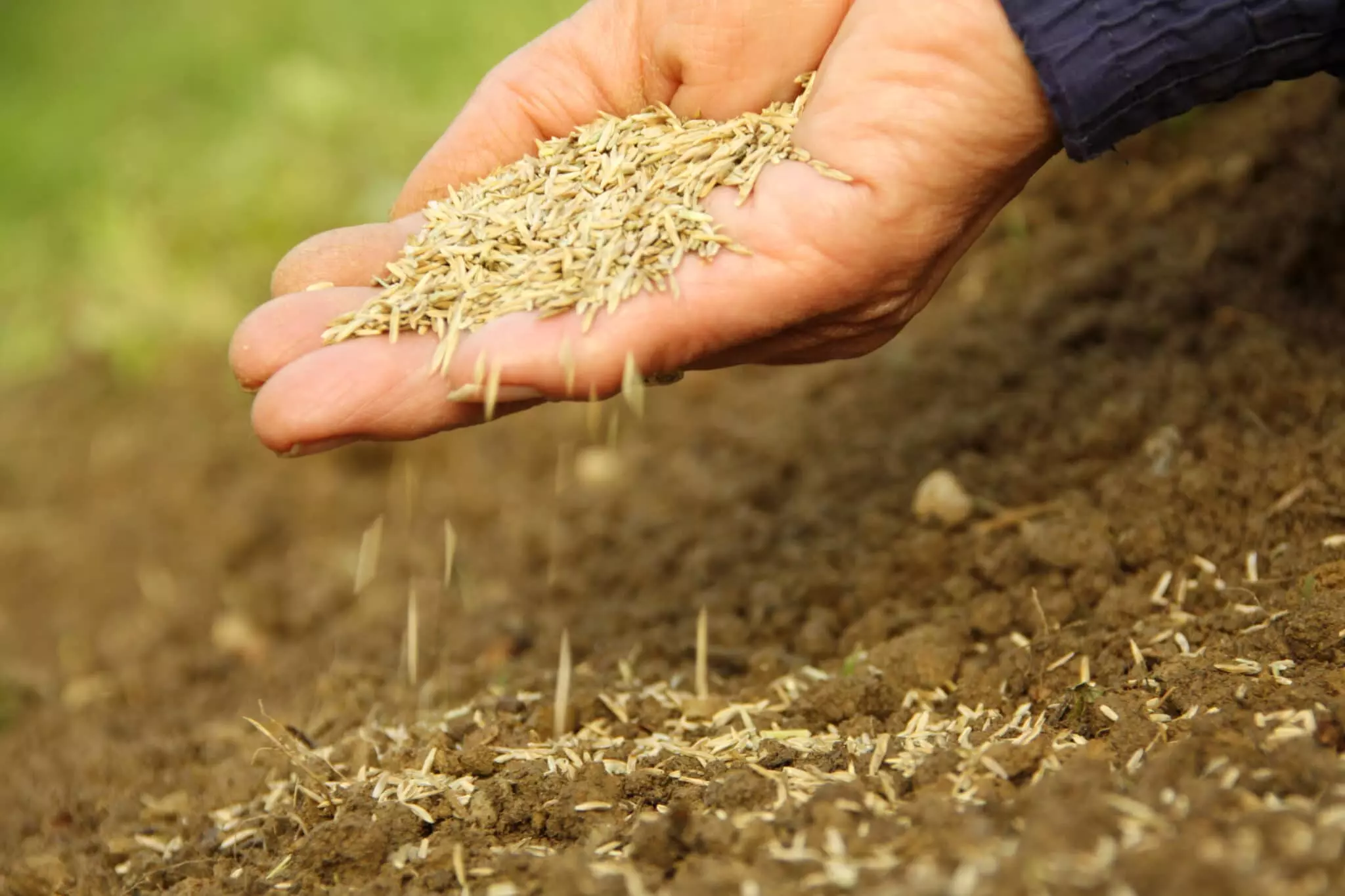
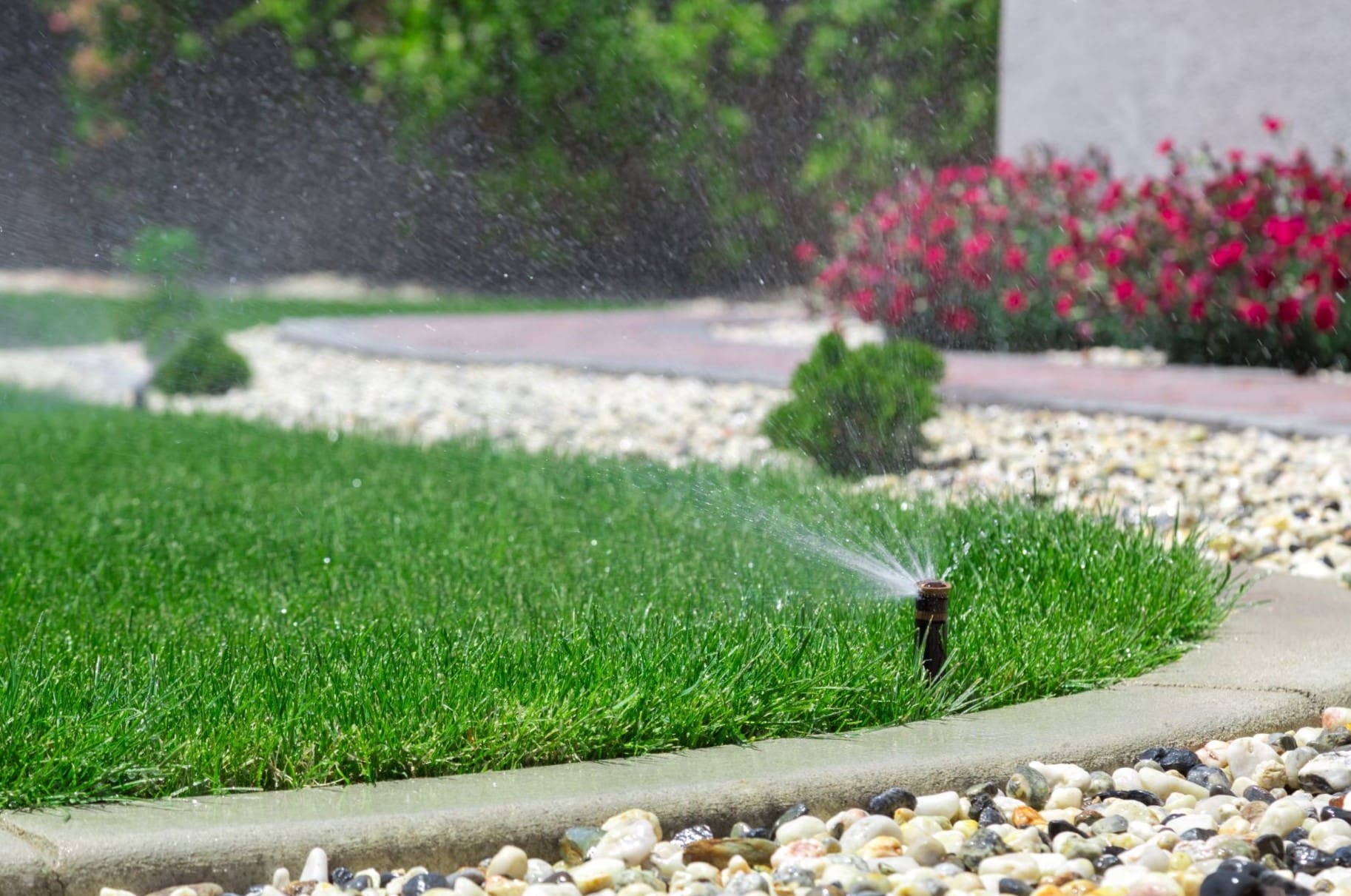
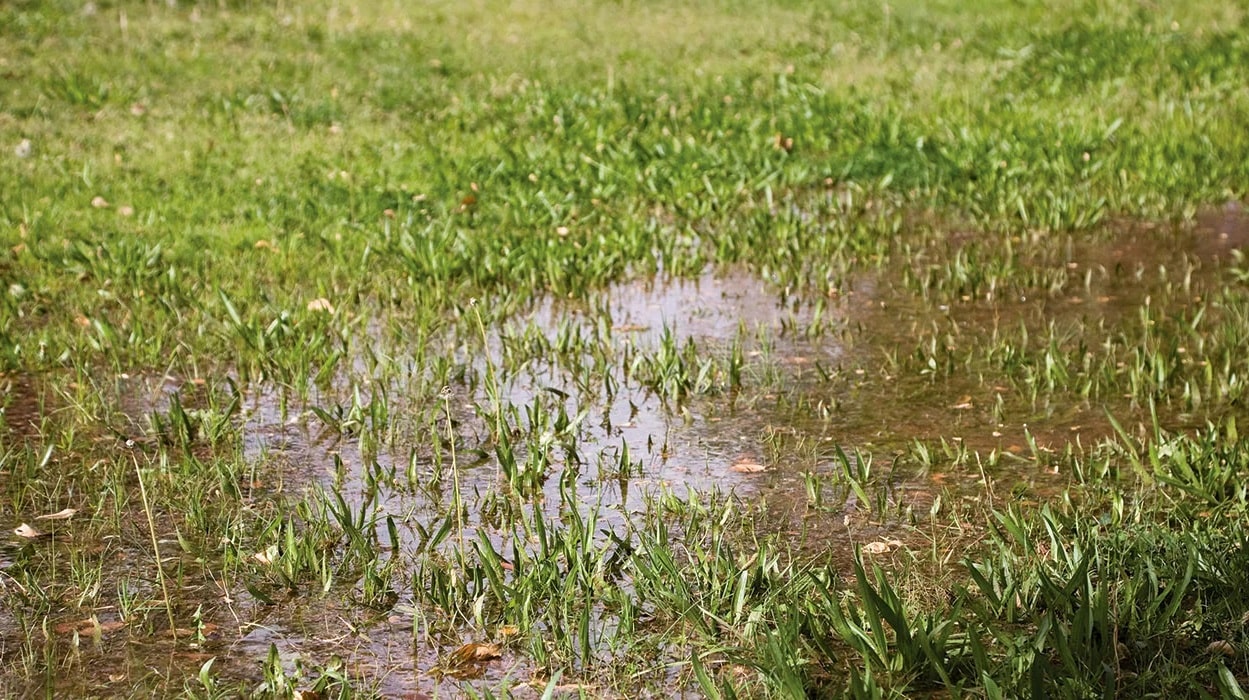
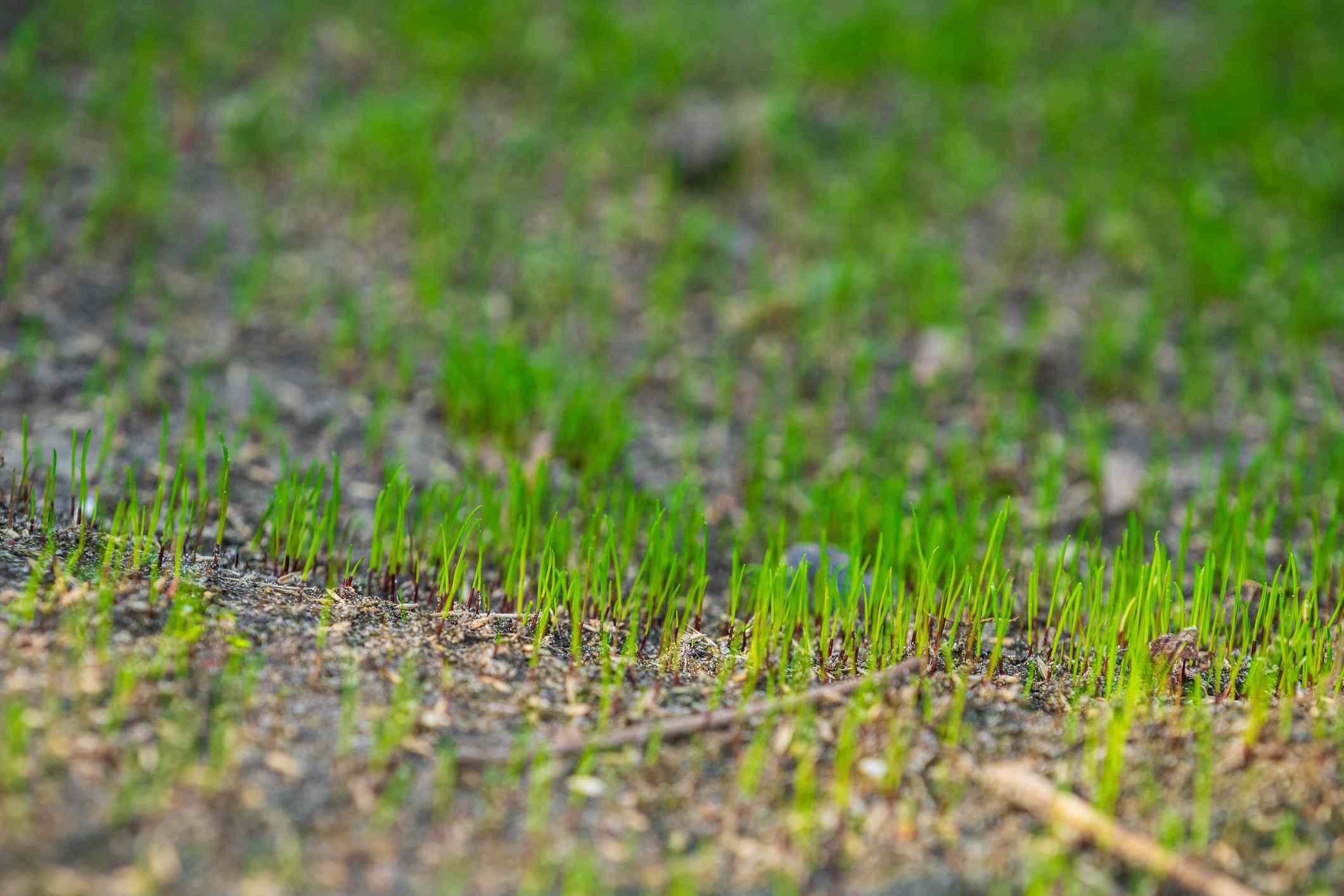
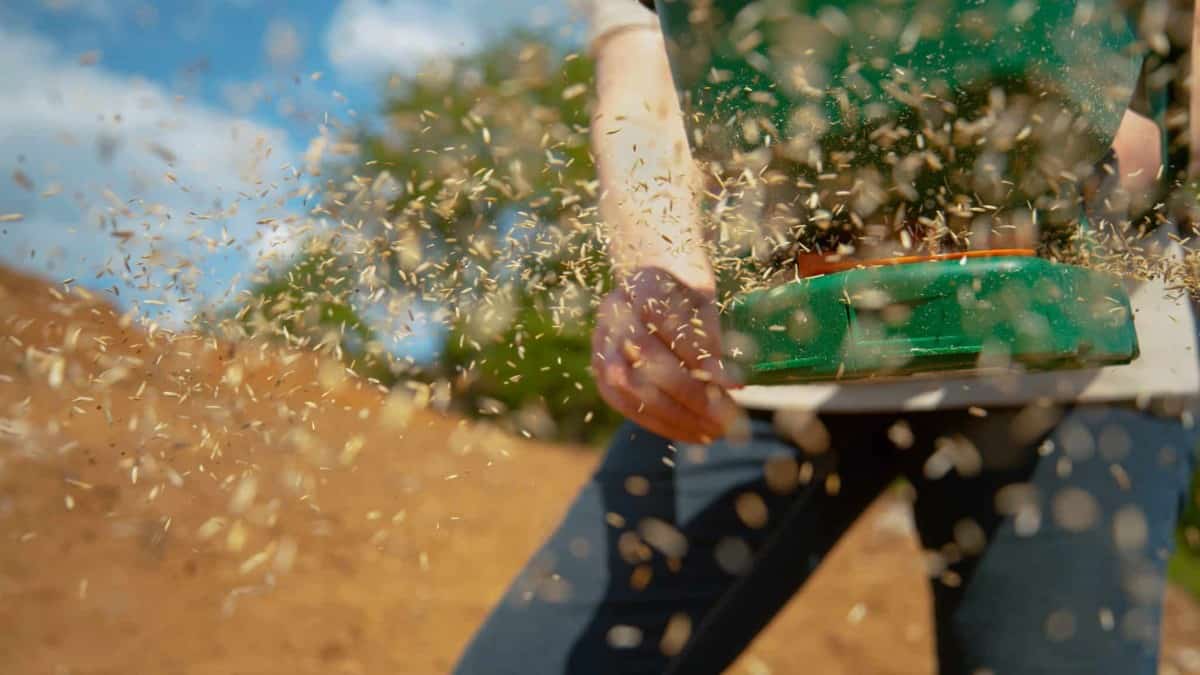
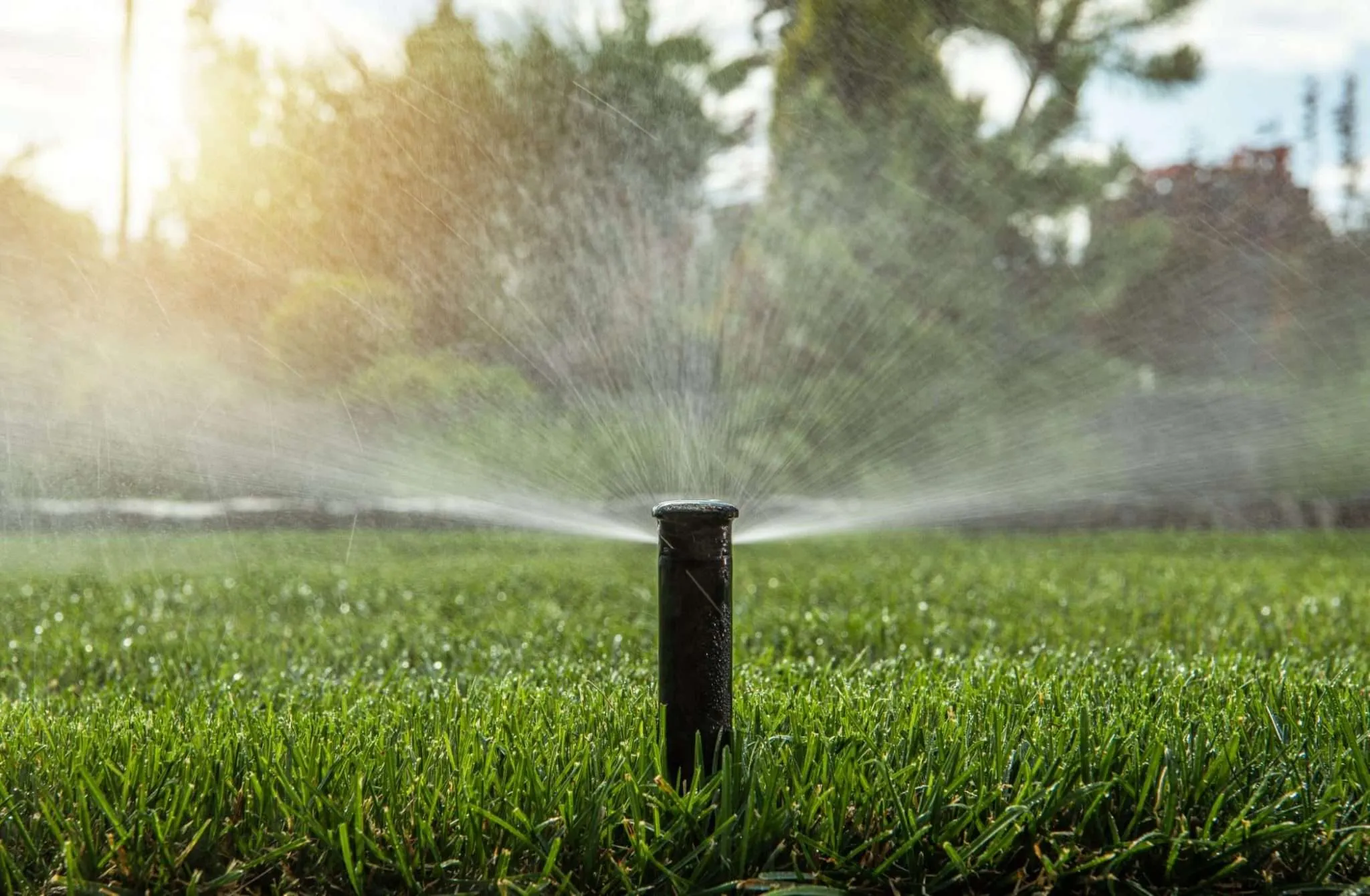
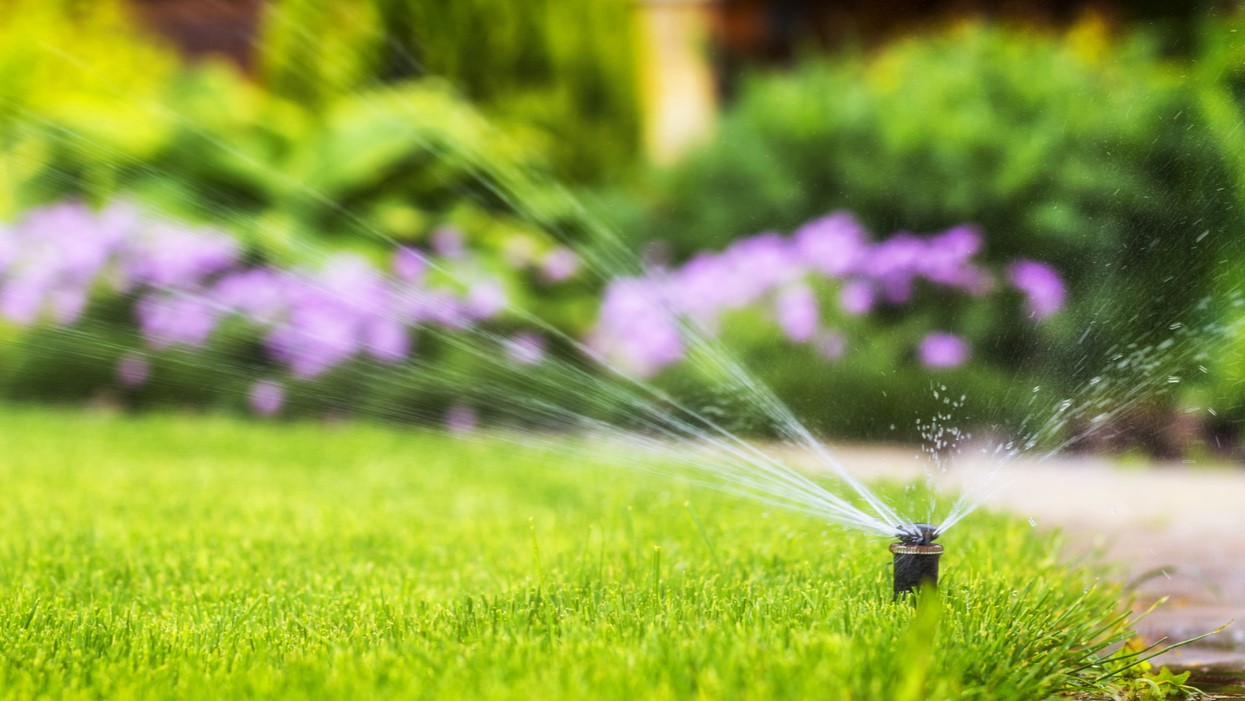
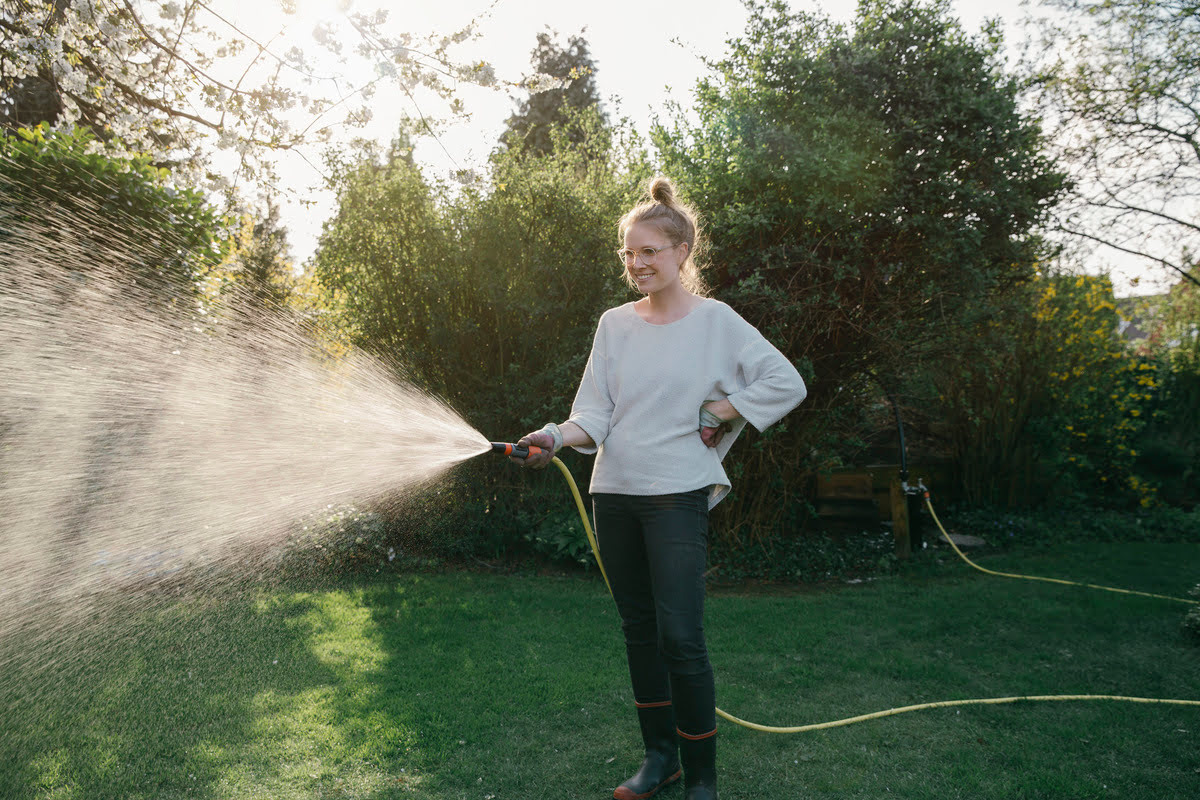
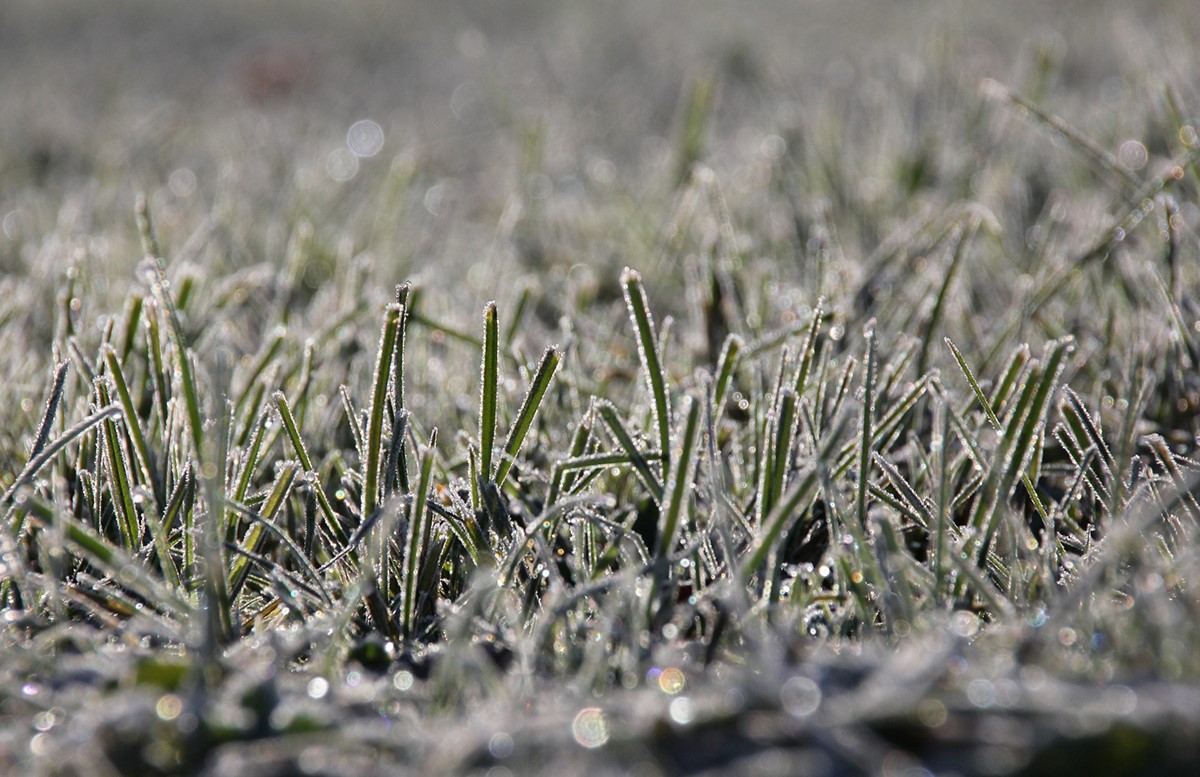
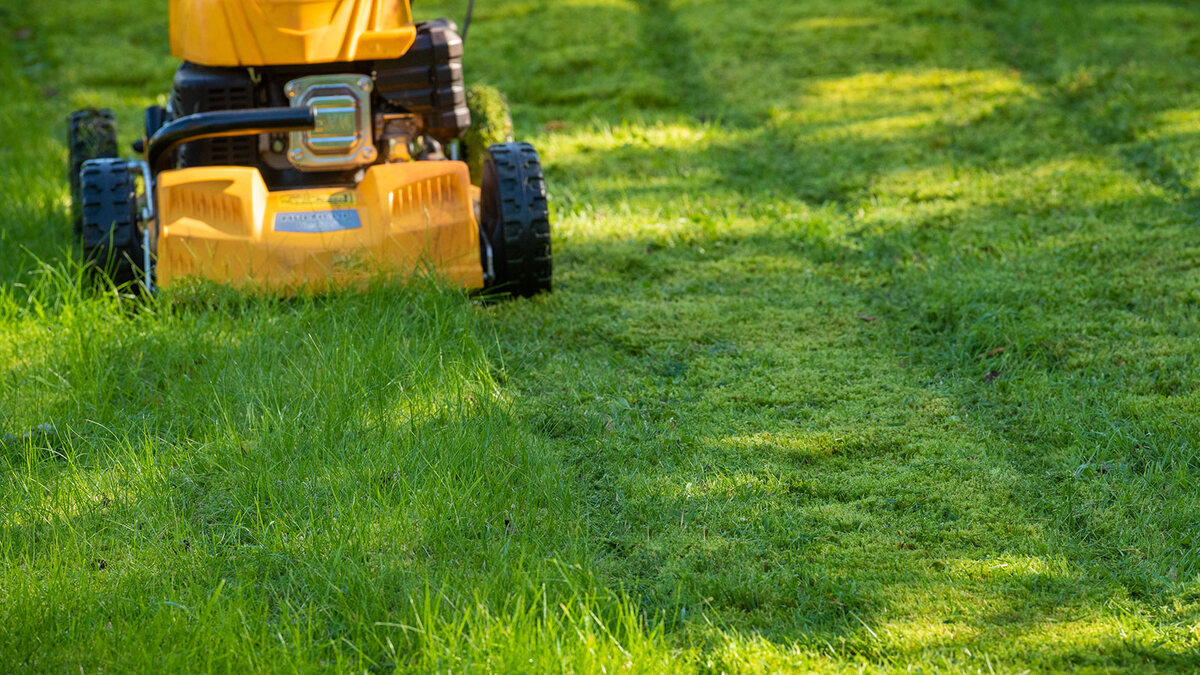

0 thoughts on “When Is It Too Hot To Water Grass”